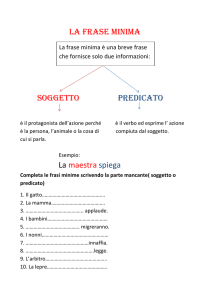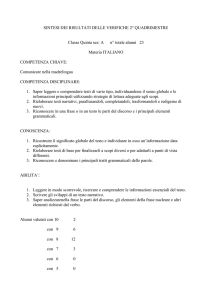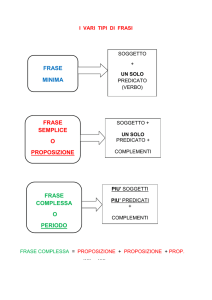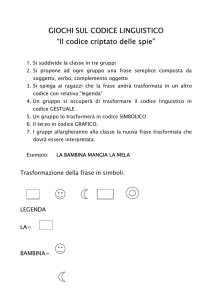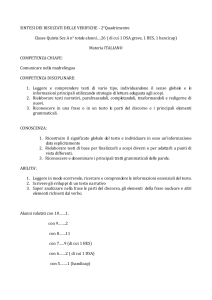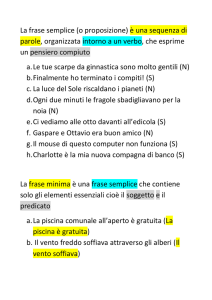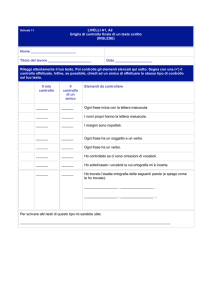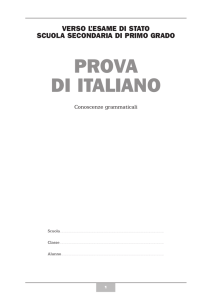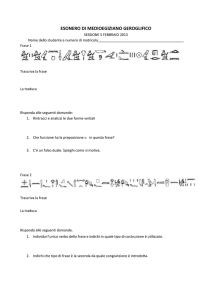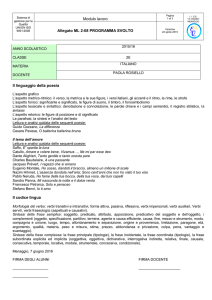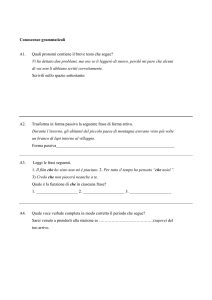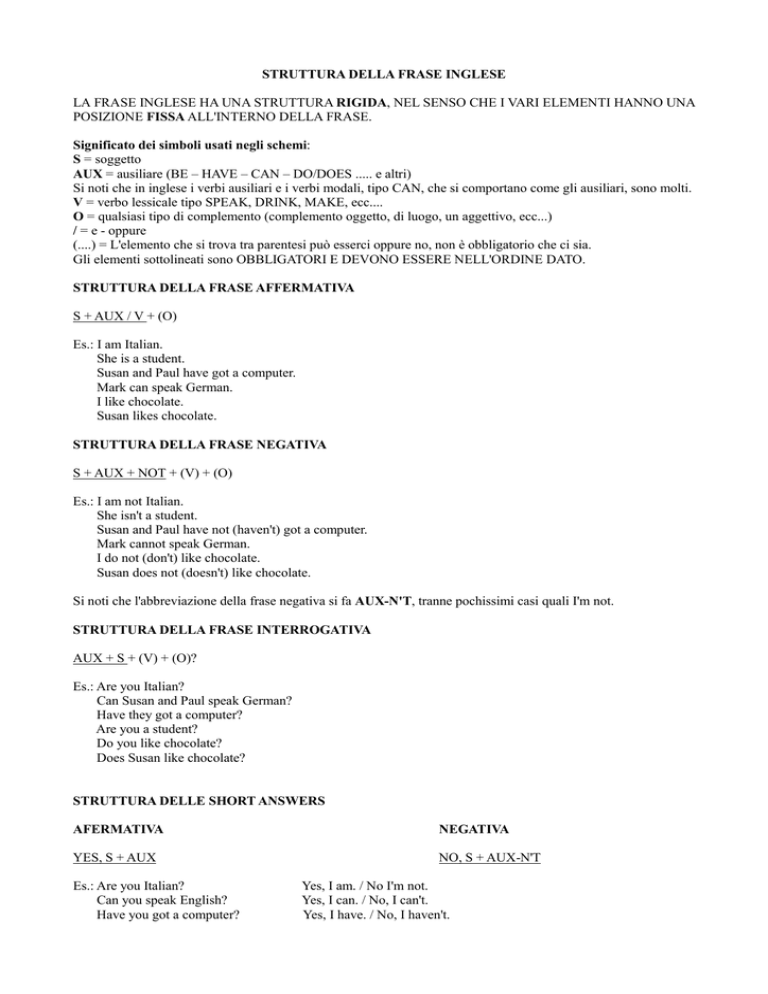
STRUTTURA DELLA FRASE INGLESE
LA FRASE INGLESE HA UNA STRUTTURA RIGIDA, NEL SENSO CHE I VARI ELEMENTI HANNO UNA
POSIZIONE FISSA ALL'INTERNO DELLA FRASE.
Significato dei simboli usati negli schemi:
S = soggetto
AUX = ausiliare (BE – HAVE – CAN – DO/DOES ..... e altri)
Si noti che in inglese i verbi ausiliari e i verbi modali, tipo CAN, che si comportano come gli ausiliari, sono molti.
V = verbo lessicale tipo SPEAK, DRINK, MAKE, ecc....
O = qualsiasi tipo di complemento (complemento oggetto, di luogo, un aggettivo, ecc...)
/ = e - oppure
(....) = L'elemento che si trova tra parentesi può esserci oppure no, non è obbligatorio che ci sia.
Gli elementi sottolineati sono OBBLIGATORI E DEVONO ESSERE NELL'ORDINE DATO.
STRUTTURA DELLA FRASE AFFERMATIVA
S + AUX / V + (O)
Es.: I am Italian.
She is a student.
Susan and Paul have got a computer.
Mark can speak German.
I like chocolate.
Susan likes chocolate.
STRUTTURA DELLA FRASE NEGATIVA
S + AUX + NOT + (V) + (O)
Es.: I am not Italian.
She isn't a student.
Susan and Paul have not (haven't) got a computer.
Mark cannot speak German.
I do not (don't) like chocolate.
Susan does not (doesn't) like chocolate.
Si noti che l'abbreviazione della frase negativa si fa AUX-N'T, tranne pochissimi casi quali I'm not.
STRUTTURA DELLA FRASE INTERROGATIVA
AUX + S + (V) + (O)?
Es.: Are you Italian?
Can Susan and Paul speak German?
Have they got a computer?
Are you a student?
Do you like chocolate?
Does Susan like chocolate?
STRUTTURA DELLE SHORT ANSWERS
AFERMATIVA
NEGATIVA
YES, S + AUX
NO, S + AUX-N'T
Es.: Are you Italian?
Can you speak English?
Have you got a computer?
Yes, I am. / No I'm not.
Yes, I can. / No, I can't.
Yes, I have. / No, I haven't.

